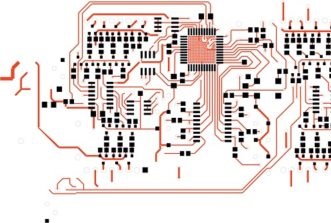This website uses cookies so that we can provide you with the best user experience possible. Cookie information is stored in your browser and performs functions such as recognising you when you return to our website and helping our team to understand which sections of the website you find most interesting and useful.
Light-Based Artificial Intelligence
Researchers at Princeton University have made significant strides in the field of optics by reimagining the traditional camera lens. Dr. Felix Heide, an assistant professor of computer science, initially focused on using machine learning to enhance the capabilities of cameras in detecting objects and navigating challenging visual conditions like fog. However, his research took a groundbreaking turn when he delved into the world of metasurfaces, materials with unique geometric properties that can manipulate light in unconventional ways.
Collaborating with experts at the University of Washington, Heide and his team developed a high-resolution camera smaller than a grain of salt, utilizing millions of tiny pillars on a metasurface to optimize light capture. This innovative approach not only revolutionized the concept of optics but also introduced a new paradigm in image processing.
By harnessing the power of machine learning, the researchers discovered that the intricate arrays of pillars could act as specialized filters, categorizing optical information into distinct features such as edges, light and dark areas, and other subtle qualities imperceptible to the human eye. This revelation marked a significant shift in the functionality of the lens, resembling the sophisticated image recognition capabilities found in advanced artificial intelligence systems.
Dr. Heide emphasized the transformative potential of this technology, stating, “We don’t need to record a perfect image; we can capture specific features that can be aggregated for tasks like classification.” This approach not only streamlines the image capture process but also opens up new possibilities for applications in various fields, from autonomous vehicles to medical imaging.
The implications of this research extend beyond traditional optics, paving the way for a new era of intelligent imaging systems that can interpret visual data in ways previously unimaginable. As the boundaries between artificial intelligence and optical technology blur, the future holds exciting prospects for innovative solutions that leverage the power of machine learning to revolutionize how we perceive and interact with the visual world.














